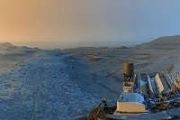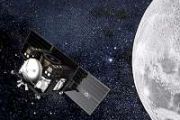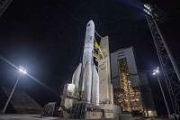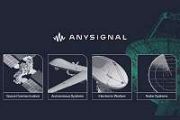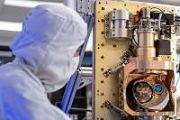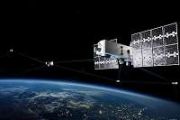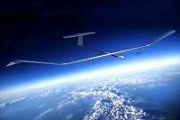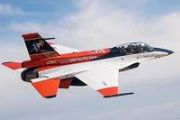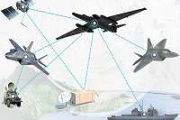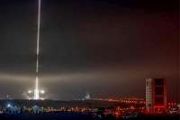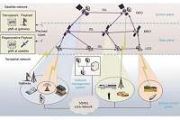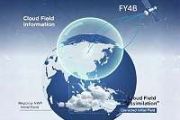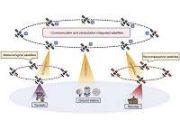
Copernical Team
Spain celebrates ESA heritage with substantial plans for the future

The European Space Agency's presence in Spain is set to be strengthened, while more than a dozen contracts with Spanish industry were signed on Thursday.
Phoebus: keeping the smallest molecule in the Universe contained

First bedrest samples arrive at exploration biobank in Portugal
 Image:
First bedrest samples arrive at exploration biobank in Portugal
Image:
First bedrest samples arrive at exploration biobank in Portugal Listening for gravitational wave beats in pulsar timing data
 The rhythmic ticking of pulsars - neutron stars that beam radio pulses with atomic precision - could soon reveal subtle "beats" from gravitational waves passing through the galaxy. A new theoretical study by Hideki Asada and Shun Yamamoto of Hirosaki University suggests that ultra-low-frequency gravitational waves might create interference patterns detectable in pulsar timing array (PTA) observa
The rhythmic ticking of pulsars - neutron stars that beam radio pulses with atomic precision - could soon reveal subtle "beats" from gravitational waves passing through the galaxy. A new theoretical study by Hideki Asada and Shun Yamamoto of Hirosaki University suggests that ultra-low-frequency gravitational waves might create interference patterns detectable in pulsar timing array (PTA) observa Real-time tracking of quantum uncertainty achieved using attosecond squeezed light
 Researchers have, for the first time, directly measured quantum uncertainty as it evolves in real time - an achievement that reshapes our understanding of one of the fundamental principles of quantum mechanics.
A team led by Dr. Mohammed Th. Hassan of the University of Arizona, with collaborators from ICFO in Spain and Ludwig-Maximilians-Universitat Munchen in Germany, accomplished this mi
Researchers have, for the first time, directly measured quantum uncertainty as it evolves in real time - an achievement that reshapes our understanding of one of the fundamental principles of quantum mechanics.
A team led by Dr. Mohammed Th. Hassan of the University of Arizona, with collaborators from ICFO in Spain and Ludwig-Maximilians-Universitat Munchen in Germany, accomplished this mi SpaceX launches 21 satellites for U.S. military from California
 SpaceX on Wednesday launched 21 satellites from California for the U.S. military's Space Development Agency.
The Falcon 9 rocket lifted off at 4:06 p.m. PDT from Vandenberg Space Force Base's Pad 4E. About 8 1/2 minutes later, the first stage landed on the drone ship Of Course I Still Love You in the Pacific Ocean. This booster was used seven times previously, including the first Tranch
SpaceX on Wednesday launched 21 satellites from California for the U.S. military's Space Development Agency.
The Falcon 9 rocket lifted off at 4:06 p.m. PDT from Vandenberg Space Force Base's Pad 4E. About 8 1/2 minutes later, the first stage landed on the drone ship Of Course I Still Love You in the Pacific Ocean. This booster was used seven times previously, including the first Tranch Connecting science from sea to space

Doing science at sea is no easy endeavour. Add racing across oceans and heading to a UN conference , and the complexity multiplies. This summer, thanks to satellite connectivity from Eutelsat’s low Earth orbit constellation, OneWeb and the support from the European Space Agency (ESA), and the UK Space Agency, the Kaïros’ We Explore catamaran sailed smarter, safer, and more sustainably on its journey to the UN Ocean Conference in Nice.
Virgin Atlantic to Upgrade 787 Fleet with Boeing High-Speed Wi-Fi System
 Boeing and Virgin Atlantic will equip the airline's fleet of Boeing 787 Dreamliners with high-speed, streaming-quality Wi-Fi under a new connectivity modification agreement announced during MRO Europe on October 15. The upgrade will enable passengers to enjoy a more seamless internet experience while in flight.
Virgin Atlantic's Chief Customer and Operating Officer Corneel Koster said the
Boeing and Virgin Atlantic will equip the airline's fleet of Boeing 787 Dreamliners with high-speed, streaming-quality Wi-Fi under a new connectivity modification agreement announced during MRO Europe on October 15. The upgrade will enable passengers to enjoy a more seamless internet experience while in flight.
Virgin Atlantic's Chief Customer and Operating Officer Corneel Koster said the United launches first mainline flight with Starlink WiFi onboard
 United Airlines is set to make aviation history with the first Starlink-equipped mainline flight scheduled for takeoff tomorrow morning. United flight 2940 will depart from Newark/New York to Houston at 8 a.m. ET, marking the first time a major U.S. carrier has provided Starlink WiFi on a mainline aircraft, with connectivity available for both personal devices and seatback entertainment systems.
United Airlines is set to make aviation history with the first Starlink-equipped mainline flight scheduled for takeoff tomorrow morning. United flight 2940 will depart from Newark/New York to Houston at 8 a.m. ET, marking the first time a major U.S. carrier has provided Starlink WiFi on a mainline aircraft, with connectivity available for both personal devices and seatback entertainment systems. Stopping slime on Earth and in space
 How do you prevent biofilms - large communities of bacteria like the slime on your teeth before you brush - from growing in water systems in space and on Earth?
A multi-university research team led by Arizona State University Regents Professor Paul Westerhoff is investigating ultraviolet light as a cost-effective, safer alternative to disinfecting chemicals to prevent biofilm growth on sur
How do you prevent biofilms - large communities of bacteria like the slime on your teeth before you brush - from growing in water systems in space and on Earth?
A multi-university research team led by Arizona State University Regents Professor Paul Westerhoff is investigating ultraviolet light as a cost-effective, safer alternative to disinfecting chemicals to prevent biofilm growth on sur 





